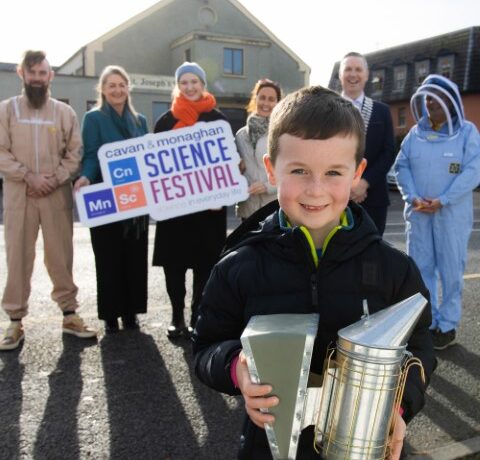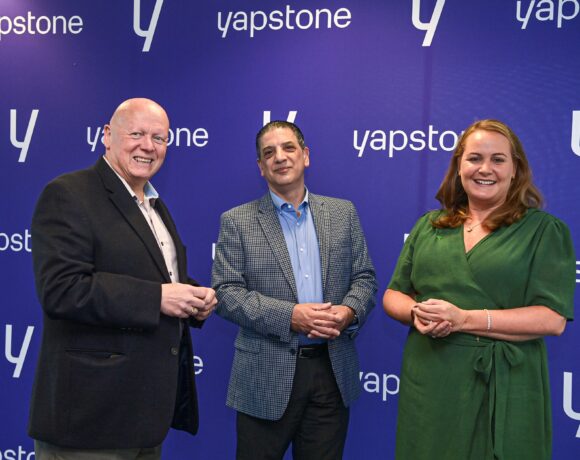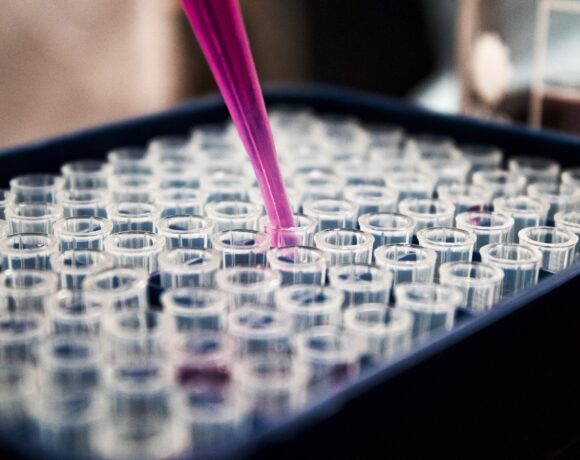Researchers in Leeds are pioneering a £4.2 million project to create the first self-repairing city. The system they envision will consist of autonomous repair robots that will monitor streets and drainage systems, making any repairs to the city infrastructure that are needed, without any human involvement. They hope that the system will be fully functional by 2035.
The project is funded by the Engineering and Physical Sciences Research Council (EPSRC) and was announced by the Universities and Science Minister, Jo Johnson. It is part of a larger research scheme called ‘Englineering Grand Challenges’, the aim of which is to tackle some of the biggest challenges faced by science and engineering.
The project will focus on developing robots to identify problems with utility pipes, street lights and roads and fix them with minimal environmental impact and disruption to the public. The three main areas of focus will be; firstly, to develop drone-like repair robots that can identify problems from a height and move to repair them; secondly, to develop drones to identify road erosion and repair potholes; thirdly, to develop robots that can operate indefinitely within utility pipes and autonomously perform inspections and repairs.
Raul Fuentas, a researcher at the School of Civil Engineering at Leeds University has said, “The robots will be living permanently in the city, and they’ll be able to identify issues before they become real problems.” The researchers also want the robots to live together and communicate on how best to solve problems. “The idea is to create a city that behaves almost like a living organism,” said Raul Fuentes. “The robots will act like white cells that are able to identify bacteria or viruses and attack them. It’s kind of like an immune system.”
Leader of Leeds City Council Councillor Judith Blake said: “We are delighted to be working with the University of Leeds on this intriguing and groundbreaking project. We are very keen to explore new innovations and use the latest technologies to improve how the city runs through our Smart Cities programme, and this idea of turning science fiction into fact will be fascinating to watch.
“We look forward to following its development with interest as part of a relationship between the council and the university that continues to go from strength to strength.”
The project sounds like science fiction because at this early stage it still is. However, this hasn’t prevented people from worrying about the potential impact this technology may have on the job market. There are many areas in public life where we already see robots doing jobs that were previously done by humans, but according to Fuentes this has already been factored into their project plans. He stressed that the autonomous repair robots would allow humans to work in less dangerous sectors in the future.
“It’s been proven by history that each time a new technology appears, new jobs are created on the other side,” he said. His argument is that if this project were run by a big corporation, as opposed to a University, it would be entirely profit driven and less likely to be concerned of the human impact.
“Our grand vision is to have ‘zero disruption,’ and minimise the amount of street works that need to be performed. If we repair it early, we don’t need to close the street, import the materials. It’s about minimizing the resources, risks, and energy.”













